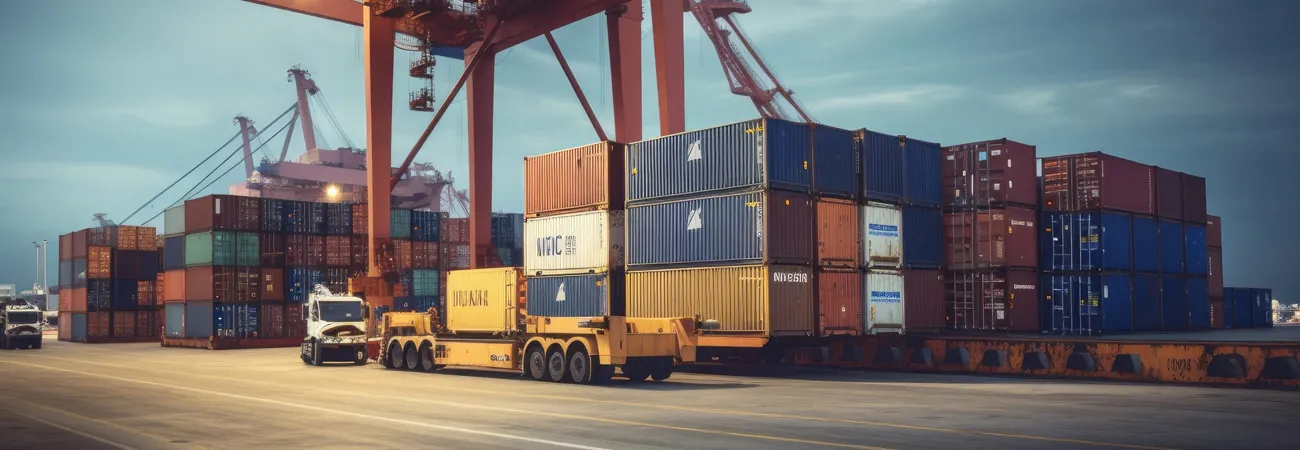i ECONOMY
In the latest trade statistics released for October and November 2023, Pakistan's export sector experienced a downturn, signalling potential challenges for the nation's economic landscape. In November, the country's exports amounted to $2,572 million, reflecting a 4.39% decrease compared to the preceding month's figures, which stood at $2,690 million. The decline in exports could be attributed to a myriad of factors, including global economic uncertainties, shifting international demand patterns, and industry-specific challenges. This dip underscores the importance of monitoring and adapting to the dynamic global economic environment to sustain and bolster Pakistan's export competitiveness. On the import front, Pakistan experienced a substantial decrease in November, recording $4,460 million compared to October's $4,864 million — a notable 8.31% contraction. The decline in imports might indicate a reduction in the demand for foreign goods and services within the country.
While this could be seen as a positive in terms of reducing the trade deficit, it also raises questions about the overall health of domestic consumption and investment. The trade deficit further shrank in November to -$1,888 million, marking a 13.16% decrease from October's figure of -$2,174 million. The trade deficit emphasises the challenges Pakistan faces in achieving a balance between exports and imports. Efforts to bridge this gap will likely be a key focus for policymakers to ensure the sustainability and stability of the country's external trade, reports WealthPK. In the latest release of Pakistan's yearly trade statistics comparing November 2023 to the same month last year, the nation's export sector displayed resilience with a 7.66% year-on-year (YoY) growth. November 2023 exports amounted to $2,572 million, showcasing a positive trajectory from the previous year's figure of $2,389 million.
This uptick suggests a potential strengthening of Pakistan's position in the global market and an increased demand for its goods and services. However, the import side of the equation paints a different picture. November 2023 witnessed a substantial decline in imports, recording $4,460 million compared to the $5,154 million recorded in the same month of the previous year. This represents a significant YoY decrease of 13.47%. While a reduction in imports can contribute to narrowing the trade deficit, it also raises concerns about the overall health of domestic consumption and the potential impact on industries reliant on imported raw materials. The trade deficit tells a story of both promise and challenge. Because of the positive growth in exports, the overall trade deficit shrank in November 2023. The deficit stood at -$1,888 million, marking a YoY decrease of 31.72% from the previous year's figure of -$2,765 million. This emphasises the delicate balance that Pakistan must strike between boosting exports and managing the cost and availability of essential imports.
Dr Khurram Mughal, a former senior economist at the State Bank of Pakistan, told WealthPK that as the global economic landscape continues to evolve, it becomes imperative for Pakistan to adopt strategies that enhance export competitiveness, diversify its export basket, and navigate the complexities of international trade. "Additionally, a careful examination of import dynamics is essential to understand and address domestic consumption patterns, ensuring a balanced and resilient economic framework for the nation." "As Pakistan navigates the challenges and opportunities in the global trade landscape, a nuanced approach that considers both export growth and import dynamics will be crucial for achieving a balanced and robust economic framework. Policymakers, businesses, and stakeholders must collaborate to chart a course that ensures the nation's economic resilience and stability in the face of evolving global circumstances," underlined Khurram Mughal.
Credit: Independent News Pakistan (INP)









